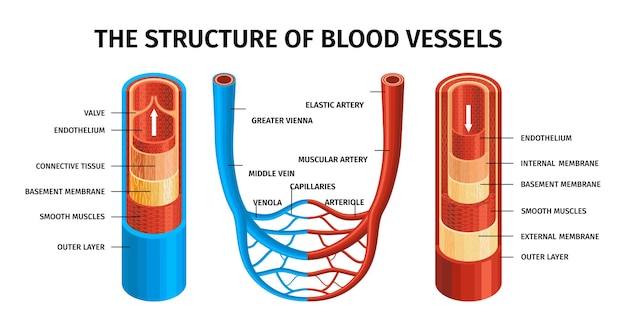In a major leap for preventive cardiology, an international research collaboration has established the first comprehensive reference data for blood vessel stiffness in healthy children and adolescents. This milestone could transform how doctors detect early signs of cardiovascular disease, potentially giving young patients a multi-decade advantage in prevention and treatment.
Arterial stiffness—how rigid or flexible blood vessels are—is a powerful predictor of future heart disease. While traditionally studied in older adults, emerging evidence shows that the roots of cardiovascular problems often begin much earlier in life. Stiff arteries force the heart to work harder, increase blood pressure, and reduce blood flow efficiency, setting the stage for conditions like hypertension, stroke, and heart failure later on.
Until now, clinicians lacked standardized measurements to assess vascular health in young populations. Without baseline data, it was difficult to determine what’s normal for a 12-year-old versus a 20-year-old, making early intervention nearly impossible. This new reference framework changes that.

The study, conducted across multiple continents, analyzed data from thousands of healthy individuals aged 5 to 25. Using non-invasive techniques like pulse wave velocity (PWV)—a gold-standard method for measuring arterial stiffness—researchers compiled age- and sex-specific norms. These benchmarks allow clinicians to compare a young patient’s vascular health against population averages with high precision.
The data revealed clear trends: arterial stiffness increases gradually with age, even during childhood and adolescence. However, the rate of change varies significantly between individuals, influenced by factors like genetics, physical activity, diet, and metabolic health. This variability underscores the importance of early monitoring.
With these reference values, pediatric clinics can now integrate vascular screening into routine check-ups. A child whose arterial stiffness measures above the expected range for their age could be flagged for further evaluation—long before symptoms appear. Early identification opens the door to lifestyle interventions such as improved nutrition, increased physical activity, and weight management, all of which can reverse or slow vascular changes.
Moreover, this data benefits adolescents with chronic conditions like type 1 diabetes, obesity, or kidney disease, who are at higher risk for early cardiovascular damage. Monitoring their vascular health over time allows doctors to assess treatment effectiveness and adjust care plans proactively.

Cardiovascular disease remains the leading cause of death worldwide. Most prevention efforts begin in midlife, but by then, structural damage to blood vessels may already be advanced. This new research shifts the paradigm—enabling prevention decades earlier.
Experts believe that routine vascular screening in youth could reduce the global burden of heart disease by identifying at-risk individuals during a critical window of biological plasticity. The teenage years, in particular, offer a unique opportunity: lifestyle habits formed during this period often persist into adulthood, and the body responds more effectively to positive changes.
The reference data is now being integrated into clinical guidelines and electronic health record systems to support widespread adoption. Researchers are also exploring how these measurements can be combined with other biomarkers—such as cholesterol levels, inflammatory markers, and genetic profiles—to create comprehensive cardiovascular risk scores for young people.
Portable and affordable vascular assessment tools are under development, aiming to make this technology accessible in schools, community clinics, and low-resource settings. The goal is to democratize early detection and ensure all children, regardless of background, benefit from this advancement.
The creation of the first comprehensive reference for blood vessel stiffness in young people marks a turning point in cardiovascular medicine. No longer must we wait for disease to manifest before taking action. With early detection powered by science, we can protect heart health from the very beginning of life.
As this data becomes standard in pediatric care, the dream of preventing heart disease before it starts is becoming a reality—one young patient at a time.

Health

Health

Health

Health

Health

Health

Health

Health

Health

Health

Health

Health

Health

Fitness

Health

Health